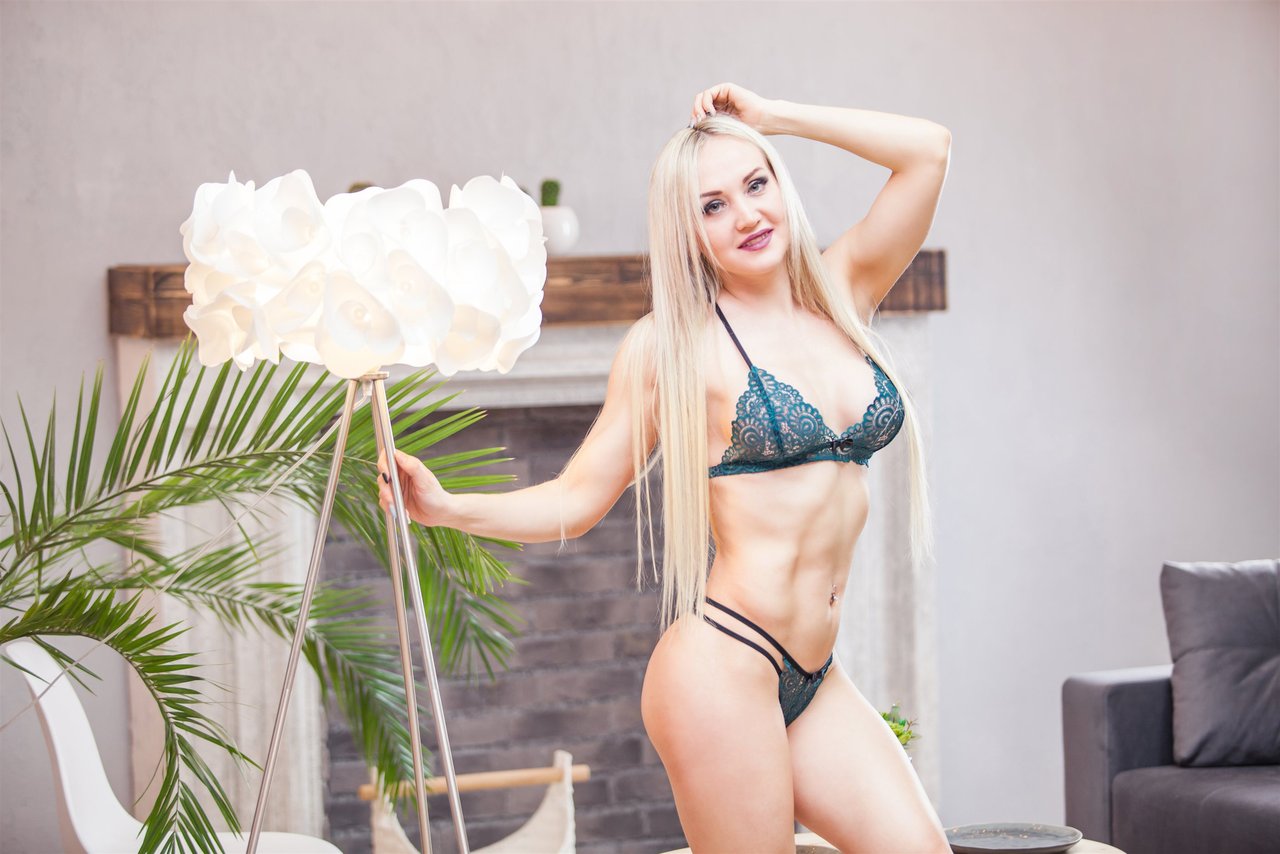Understanding Questioning Sexuality—A Real Guide to Self-Discovery for Women
Some questions sit in your chest for years. “Who am I attracted to, really?” That’s what questioning sexuality looks like—constant, sometimes silent, self-interrogation. Are you drawn to exploring whether you’re bisexual or lesbian? Maybe labels feel too small, or too risky to say out loud. The process is tangled, frustrating, and often lonely—but it’s also normal, and deeply human.
This confusion doesn’t mean there’s anything wrong with you. Living in a heteronormative society piles on pressure and leaves you second-guessing every crush, swoon, or longing glance. Some days the urge to define yourself becomes overwhelming. But before rushing into a sexuality label, it helps to slow down. Giving yourself space to reflect rather than force an answer can open doors inside you—a kind of emotional safety zone.
If you’re experiencing lesbian or bisexual confusion, you’re likely wrestling with what psychologists call “identity crisis.” That’s standard for people developing outside society’s so-called norms. There’s relief in knowing you’re not alone: research shows that more women feel confusion about sexuality than ever before, reflecting shifting media representation and growing social acceptance (The Trevor Project, 2023). Being in this questioning phase is not a dead end, but the beginning of honest self-exploration.
Every stage of discovery has value. Whether you eventually identify as queer, bisexual, lesbian, or somewhere between, allow yourself room to grow. The more gentle you are on this journey, the more clearly you’ll learn who you are beyond the old stories and doubts. In a culture that rushes labels, questioning can be an act of courage.
Navigating Bisexual or Lesbian Confusion—Why It Happens and What It Means
Questions about bisexual or lesbian confusion aren’t just about labels. They come from years of invisible scripts and signals absorbed from family, friends, and media. Society teaches that “normal” means straight; anyone who feels attraction to the same sex, or to multiple genders, ends up feeling out of sync. You may have wondered: am I a lesbian because I love women, or does my attraction to men count? Is fleeting curiosity the same as bisexuality, or just noise?
Representation in pop culture is still shaky. Many women grew up only seeing straight or strictly lesbian relationships—rarely something in between. This lack of diverse visibility can make bisexual attractions feel invalid or invisible. You may second-guess your own experiences, thinking you need to fit into a clear-cut box. When you’re not “gay enough” or “straight enough,” it leaves a hollow ache of doubt.
Internalized biphobia and compulsory heterosexuality often lead to suppressing bisexual feelings. Some suppress crushes on women because society says “it’s just a phase.” Others feel a paralyzing fear they’re faking being bisexual to feel special, even if the feelings are real. These doubts delay self-acceptance and fuel a hidden war between what you want and what you think you should want.
Confusion is not a flaw. It’s a sign you’re waking up to your true self, not what you were taught to be. If you notice attraction to the same sex or multiple genders, it’s valid. These feelings aren’t a test you must pass, but honest pieces of who you are. Trust yourself to listen—there’s clarity on the other side of self-compassion.
Exploring the Difference—Lesbian vs Bisexual: Labels, Stereotypes, and What They Mean
Trying to articulate the difference between lesbian and bisexual isn’t as simple as ticking boxes. At the core, a lesbian is a woman (or nonbinary person) who is solely attracted to women. Bisexuality means attraction to more than one gender—often both men and women, or people across the gender spectrum. Pansexual folks may define themselves by attraction regardless of gender altogether. Each label serves as a guidepost, not a limit.
These lines blur when society piles on stereotypes. The “gold star lesbian” myth suggests being a “real” lesbian means never having been with a man—an idea that erases many authentic journeys. Bisexuality is tarnished by its own stigma: people saying it’s “just a phase” or equating bisexual attractions with indecision. Nonbinary perspectives complicate the binary even more, revealing sexuality as a far wider terrain than the old boxes allowed.
Sexual orientation doesn’t mean every attraction fits neatly on one side of the fence. The spectrum of sexuality honors fluidity and acknowledges that labels may feel right one day and not the next. You don’t need to perform an identity or meet some imaginary threshold to claim it. What matters is whether a word feels freeing—like coming home—or like a straitjacket.
Hold close the labels that empower you, but remember: you owe no one a fixed definition. Not even yourself. Embracing self-honesty is the only “difference” that counts.


